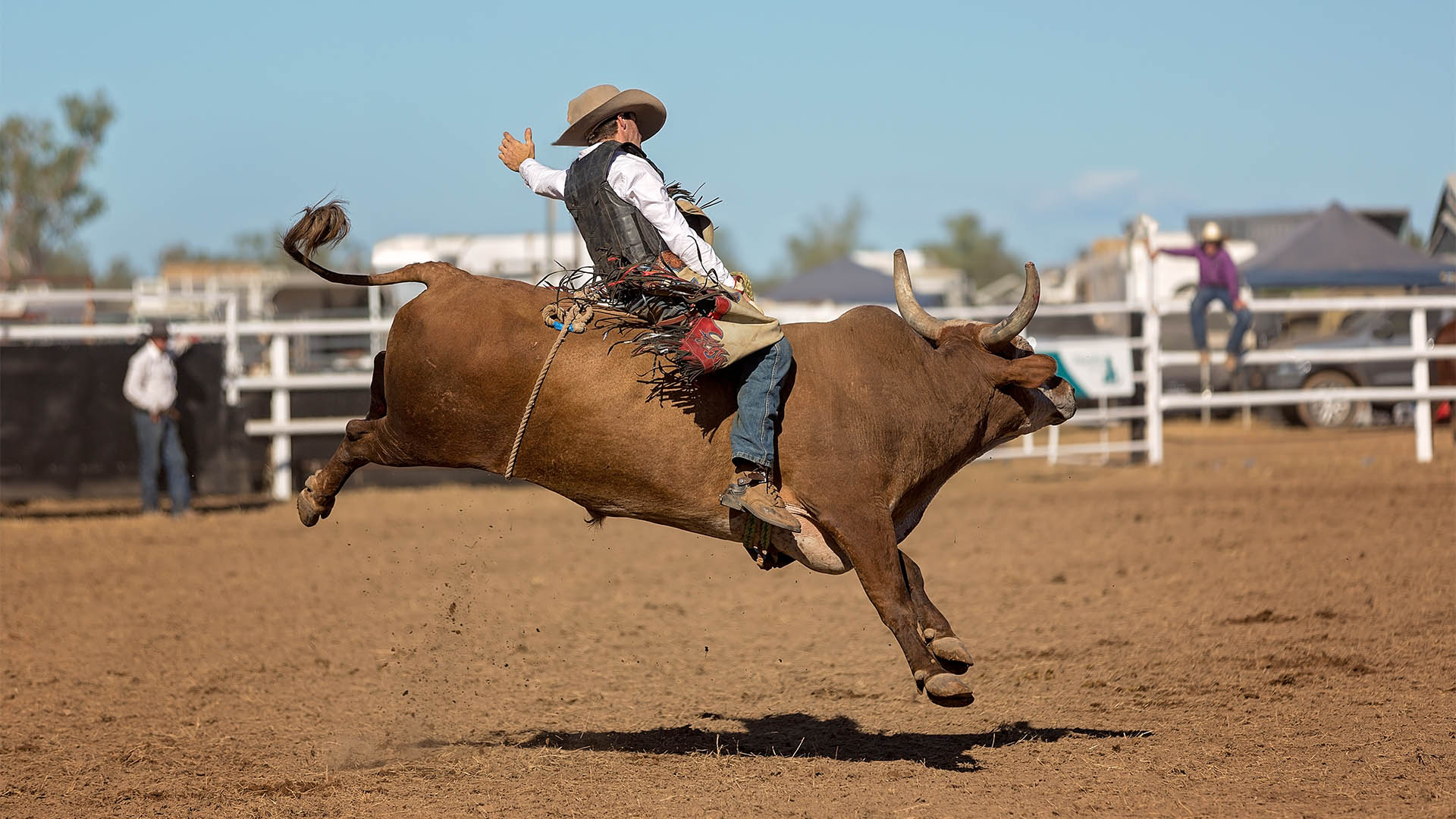More confirmation of the growing pace of stagnation in the economy, although like Wednesday’s consumer price for the September quarter won’t change the Reserve Bank’s watch and wait stance on interest rates at next Tuesday’s meeting.
Australian dwelling approvals rose sharply in September in seasonally adjusted terms (which are still misleading) thanks to a big rise in approvals for apartments, units, and townhouses – the most volatile part of the statistics and one prone to rapid swings and revisions.
According to the ABS, approvals jumped 7.6% to 14,004 in September, seasonally adjusted. Despite the bounce from the multi-year lows of August, total approvals were still down 19% on the same month a year earlier, slightly better than the 21.5% drop in the year to August.
The key was the other dwelling approvals (excluding owner-occupied dwellings) drove the monthly spike, jumping 16.6% to 5,430, trimming the decline over the past year to 27.4%.
Approvals for private sector housing also rose during the month, increasing 2.8% to 8,424. Approvals in this category were still down 11.1% in the year to September, better than the 17% fall in the year to August.
The AMP’s chief economist, Dr. Shane Oliver pointed out in a note on Thursday afternoon to the volatile other dwelling series.
“While dwelling approvals rebounded in September, this was due to a 16.1% rise in often volatile apartment approvals which are likely to be back down again this month.
“House approvals rose just 2.7%. The bounce in September also followed several months of sharp falls so the trend is still down in total approvals although there are some signs that apartment approvals may be starting to stabilise around a low.
“Even if approvals start to stabilise around here the lagged flow through from the fall in approvals over the last year points to further sharp falls in housing construction ahead which will act to keep GDP growth weak. Fortunately, some offset is coming from the strength in non-residential approvals which points to stronger non-residential building construction.
“A risk in the slump in dwelling approvals is that as it flows through to weaker housing supply it simply returns the Australian property market to the supply shortfall relative to underlying demand that has pushed prices to expensive levels over the last decade or more,“ Dr Oliver wrote.
In trend series data (designed to remove the volatility from the seasonally adjusted data) the ABS said the number of dwellings approved fell 0.8% in September 2019 for the 22nd month in a row.
“The fall in trend dwelling approvals for September was the smallest monthly decline in six months,” said Daniel Rossi, Director of Construction Statistics at the ABS. “However, the number of dwellings approved remains 21.1 percent lower than at the same time last year,” the ABS said.
“Across the states and territories, dwelling approvals fell in the Northern Territory (9.3 percent), Western Australia (2.4 percent), Australian Capital Territory (1.8 percent), New South Wales (1.2 percent), Queensland (0.5 percent) and Victoria (0.4 percent). Tasmania (1.6 percent) and South Australia (0.4 percent) recorded increases, in trend terms.
“In trend terms, approvals for private sector houses fell in Western Australia (2.7 percent) and South Australia (1.3 percent). Victoria rose 0.1 percent, while private house approvals in New South Wales and Queensland were flat.”













